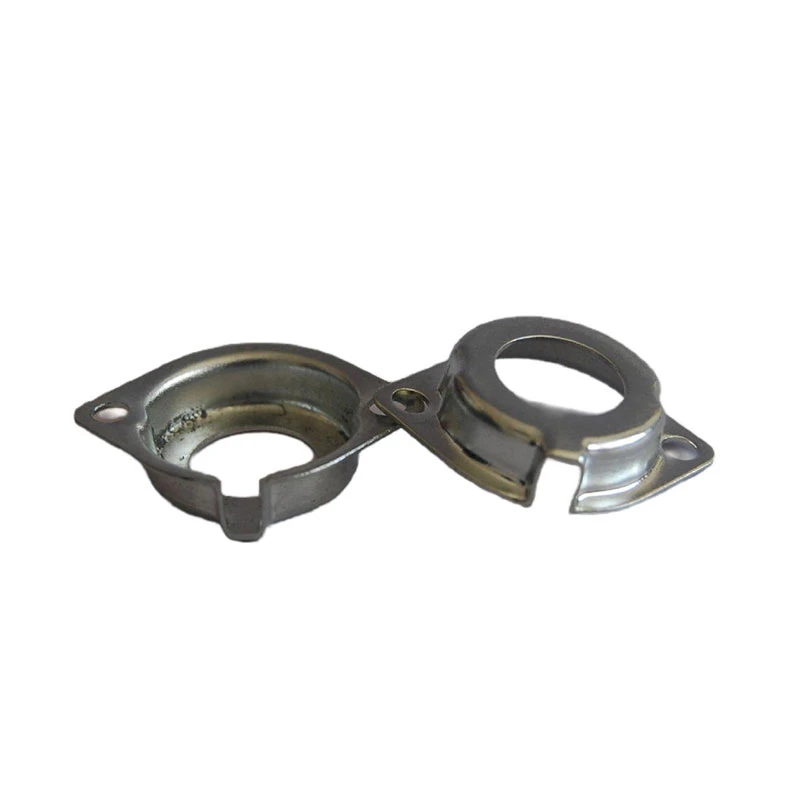Understanding the Fundamentals of the Die Casting Process for Efficient Production
Die Casting Process An Overview
Die casting is a versatile and widely used manufacturing process that enables the production of complex metal parts with high precision and durability
. This technique is particularly popular in industries such as automotive, aerospace, electronics, and consumer goods, where lightweight and strong components are critical. Understanding the die casting process involves examining its methodology, advantages, applications, and impact on manufacturing efficiency.At its core, die casting involves forcing molten metal into a mold, known as a die, to create desired shapes and designs. The process begins with the preparation of the die, typically made from steel or iron, which is designed to withstand high pressures and temperatures. The die consists of two main halves that, when closed, form the cavity that will shape the molten metal.
The die is heated to a specific temperature, and the metal, commonly aluminum, magnesium, or zinc alloy, is melted in a furnace. Once the metal reaches a molten state, it is injected into the die at high pressure using a piston or plunger. The high-pressure injection is crucial as it ensures that the molten metal fills even the most intricate details of the mold. After the injection is complete, the metal cools and solidifies within the die, forming the desired part.
Once the cooling process is finished, the die is opened to release the final product. This stage often includes the removal of any excess material, known as flash, which is common in die casting. The parts may undergo further processes such as trimming, machining, or surface finishing to meet specific tolerance and aesthetic requirements. The efficiency of die casting can lead to high production rates, making it ideal for mass production scenarios.
die casting process

One of the primary advantages of die casting is its ability to produce complex geometries with tight tolerances, often eliminating the need for extensive machining processes. The process yields components with a smooth surface finish and precise dimensions, minimizing the time and cost associated with post-processing operations. Additionally, die casting is capable of producing large volumes of parts quickly, which reduces manufacturing lead times and enhances supply chain efficiency.
Die casting also offers significant material savings. The process generates less waste compared to traditional manufacturing techniques, as excess material can often be recycled and reused. Furthermore, die-cast parts are lightweight yet strong, which is increasingly important in industries focused on improving fuel efficiency and reducing emissions. For example, in the automotive industry, lighter components contribute to better vehicle performance and fuel economy.
However, die casting is not without its challenges. The initial cost of creating a die can be substantial, making it more suitable for high-volume production runs. Additionally, the type of materials that can be used in die casting is somewhat limited compared to other processes, which may constrain design options for certain applications. It is also worth noting that defects such as porosity or surface imperfections can occur, necessitating careful quality control measures.
In conclusion, the die casting process is a key manufacturing technique that has transformed the production of metal components across various industries. Its ability to create complex, precise parts rapidly makes it an attractive choice for manufacturers looking to optimize production efficiency and reduce costs. Despite some limitations, the advantages of die casting continue to drive innovation and expand its applications, paving the way for advancements in technologies and materials that will shape the future of manufacturing. As industries strive for greater sustainability and efficiency, die casting remains a pivotal process in meeting these goals.
-
OEM Sand Cast Pump Valve Fittings - Baoding Hairun | Precision Engineering, CustomizableNewsJul.30,2025
-
OEM Sand Cast Pump Valve Fittings - Baoding Hairun Machinery And Equipment Trading Co., Ltd.NewsJul.30,2025
-
OEM Sand Cast Pump Valve Fittings - Baoding Hairun Machinery And Equipment Trading Co., Ltd.NewsJul.30,2025
-
OEM Sand Cast Pump Valve Fittings - Baoding Hairun Machinery|Precision Engineering&Fluid ControlNewsJul.30,2025
-
OEM Sand Cast Pump Valve Fittings - Baoding Hairun Machinery And Equipment Trading Co., Ltd.NewsJul.30,2025
-
OEM Sand Cast Pump Valve Fittings-Baoding Hairun Machinery And Equipment Trading Co., Ltd.NewsJul.30,2025















